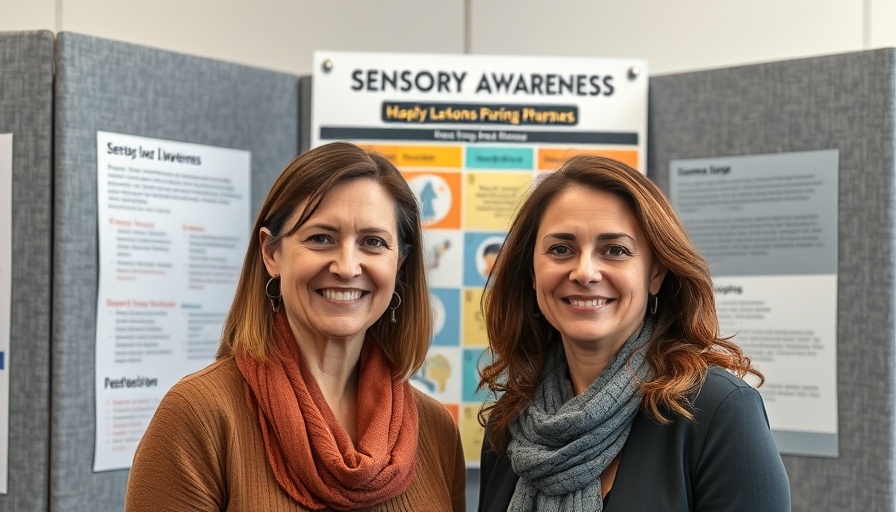
Exploring the Landscape of Mental Health Placement
As a psychology student immersed in a year-long placement, the journey wasn’t merely academic but a profound exploration of practical mental health applications. This experience unfolded within a milieu where the complexities of anxiety disorders, particularly amidst today's socio-economic strains, took center stage.
Understanding the Personal Impact of Anxiety Disorders
My placement revealed the profound struggles faced by individuals grappling with various anxiety disorders, ranging from generalized anxiety disorder (GAD) to specific phobias. Students, young professionals, and even older adults shared narratives peppered with panic attacks and overwhelming stress, highlighting a universal truth: mental health issues know no age or social boundaries.
The Misconceptions Surrounding Mental Health Conversations
What struck me was the stigma that still clouds discussions around mental health. Many individuals expressed reluctance to seek help due to fears of social judgment or misconceptions surrounding therapy. This barrier is exacerbated in marginalized groups where mental health policies are often devoid of adequate funding or accessibility. The stigma surrounding mental health often transcends cultural barriers, making it crucial to focus on stigma reduction through education and awareness campaigns.
Connecting the Dots: Mental Health in the Current Climate
The COVID-19 pandemic has catalyzed an escalation in anxiety and depression rates. The economic fallout and unemployment anxiety add layers of complexity to an already vulnerable population. The necessity for community outreach and support groups becomes more pronounced as we navigate these tumultuous times.
Strategies for Coping and Resilience Building
Throughout my placement, I discovered vital coping strategies that made a tangible difference for many. Mindfulness techniques, cognitive behavioral therapy (CBT) methods, and relaxation strategies were pivotal in managing anxiety symptoms. Self-care practices, such as yoga and meditation, became essential tools for many seeking to reclaim their mental health.
Engaging with Technology: Digital Mental Health Solutions
The integration of digital mental health resources into our treatment repertoire opened new avenues for engagement. From anxiety management apps that facilitate mindfulness practices to teletherapy options that provide timely support, technology is an ally in the quest to enhance mental health accessibility. For students grappling with academic pressure and anxiety, these tools offer a reprieve and support that traditional methods may not always meet.
The Role of Support Systems in Recovery
A vital component of mental health recovery lies in the support system surrounding an individual. Family therapy, peer support, and engagement within the community can dramatically influence recovery trajectories. For students specifically, having an accessible support framework fosters resilience and enables productive dialogue around emotional intelligence and mental health awareness.
Reflection and the Path Ahead
As I reflect on the transformative nature of my placement, it is evident that mental health will continue to require our collective attention. Future mental health policies must focus on comprehensive approaches that integrate holistic healing methods, traditional practices, and modern therapy techniques. The landscape of mental health is shifting, and our approach must adapt accordingly, promoting early intervention and preventive strategies to mitigate long-term challenges.
The journey through mental health awareness has only begun, yet its importance resonates loudly. As we continue to advocate for greater access to mental health resources, we must ensure that everyone has the tools to navigate the complexities of anxiety and its impacts on daily living. Understanding and dismantling the barriers to mental health is an ongoing journey that merits our commitment today and every day. Join the conversation and become part of a community committed to promoting mental wellness for all.
 Add Row
Add Row  Add
Add 




Write A Comment